UNESCO World Heritage Sites: Breathtaking Treasures of ASEAN (Part 2)
(VNF) - In the second part of series on UNESCO World Heritage Sites in ASEAN, we’ll share the next 12 heritage sites in ASEAN—from Malaysia’s breathtaking Lenggong Valley to the emerald rainforest-topped peaks of Ha Long Bay in Vietnam.
13. Gunung Mulu National Park (Malaysia)
 |
Located in the Malaysian state of Sarawak on the island of Borneo.
The Gunung Mulu National Park is an area of exceptional natural beauty, starkly decorated with forest landscapes, karst terrain, mountains, waterfalls and its vast centrepiece—the Sarawak Chamber—that happens to be the largest cave chamber on Earth at 12 million cubic meters.
There’s a variety of river caves and phreatic caves as well as the beautiful cluster of sandstone pinnacles from which the national park takes its name.
14. Kinabalu Park (Malaysia)
 |
Located in the Malaysian state of Sabah on the island of Borneo.
Kinabalu Park is Malaysia’s first UNESCO World Heritage Site and is known for the vast array of plant life found there. The landscape is rocky and mountainous; its peak is the majestic Mount Kinabalu which stands at 4095.2 metres—making it one of Southeast Asia’s highest mountains.
The mountain is a popular climb, making it one of the most visited heritage sites in Asia so plan in advance if you intend to aim for the peak!
15. Melaka and George Town, Historic Cities of the Straits of Malacca (Malaysia)
 |
The two sites are located on the western coast of Peninsula Malaysia facing the Straits of Malacca.
Melaka and George Town are two exemplary examples of historic colonial towns in Asia. Located along the Straits of Malacca, they are some of the finest surviving examples of the cultural influences that arose from their former status as trading ports that were vital links between the east and west.
George Town is representative of the British era from the end of the 18th century, while Melaka demonstrates the early stages of the trade history originating in the 15th-century Malay sultanate and the Portuguese and Dutch periods beginning in the early 16th century. The colonial architecture on the waterfront of George Town and the town hallare particularly beautiful.
16. Archaeological Heritage of the Lenggong Valley (Malaysia)
 |
The four archaeological sites are in various locations around the town of Lenggong.
The Archaeological Heritage of the Lenggong Valley is a collection of four open air cave sites that show evidence of early man outside of Africa. Workshops and tools from the Palaeolithic era have been well preserved alongside one human skeleton from the same period, known as the (11,000-year-old) Perak Man.
The four sites are Kota Tampan, Bukit Bunuh, Guah Gunung Runtuh and Bukit Kelapa Gajah, of which the most accessible is Kota Tampan, where the Lenggong Archaeological Museum is based.
17. Complex of Hué Monuments (Vietnam)
 |
On the banks of the Perfume river, Thua Thien-Hue Province.
These beautiful remnants of the Nguyen dynasty make up what was once the capital of Viet Nam. It remained the political, cultural and religious centre of the dynasty until 1945, as such there are various important pieces of architecture including temples, tombs and pagodas scattered throughout the various sites. However, this is not just a place of architectural interest as the landscape is just as enchanting.
The Perfume River winds through the Capital City, the Imperial City, the Forbidden Purple City and the Inner City, giving the capital a fascinating natural setting that blends blissfully with the architecture.
Don’t miss the Ngu Binh Mountain which forms a kind of protective screen around the monuments.
18. Ha Long Bay (Vietnam)
 |
Ha Long Bay is a cluster of 1600 islands in the Gulf of Tonkin, northeast of Vietnam.
Ha Long Bay is easily one of the most breathtaking UNESCO World Heritage sites in Vietnam. The collection of 1,600 islands and islets form an intricate seascape of limestone pillars, conical peaks and isolated towers that lift in and out of the emerald water with an otherworldly majesty. Most of the islands remain uninhabited and almost entirely unaffected by human presence.
The name Ha Long translates to 'where the dragon descends into the sea’ and it is perhaps the most adequate description of the site available.
19. Hoi An Ancient Town (Vietnam)
 |
Located in Vietnam’s central Quang Nam Province.
Hoi An is a sleepy, and very well-preserved example of an ancient Asian trading port (still in use today) that traded both with the countries of Southeast Asia and those of the rest of the world.
The old streets of Hoi An are lined with ancient houses, pagodas, temples, ancient wells and tombs which show a fascinating blend of Vietnamese, Chinese and Japanese influences.
The surviving wooden structures from the 17th and 18th centuries are completely unique to the region and offer an undeniably pretty look back into the past of this fascinating city.
20. My Son Sanctuary (Vietnam)
 |
Located in Vietnam's central Quang Nam Province.
The mysterious My Sơn Sanctuary is a series of temple complexes that dates from the 4th to the 13th centuries and is surrounded by a ring of lush grassy mountains.
These temples are different to many you’ll see throughout Vietnam as they belong to a now almost forgotten part of contemporary Viet Nam (the My Sơn Sanctuary civilisation) which owed much of its spiritual origins to the Hinduism of India. The area is one of vast beauty, covered with Hindu-like architecture and art that's very much in line with that of the Indian sub-continent.
Much like Cambodia’s Ankgor Wat, the surrounding vegetation has began to creep back into these once busy monuments, so trees seem to grasp at stone, while weeds, plants and bushes grow directly from the roofs of ancient temples.
21. Phong Nha-Ke Bang National Park (Vietnam)
 |
Located in the Bo Trach and Minh Hoa districts of central Quang Binh Province in the North Central Coast region of Vietnam.
Phong Nha-Ke Bang National Park is home to the oldest karst formations in all of Asia—evolving over the last 400 million years.
The park’s stark karst landscape is extremely complex and includes 65km of caves and underground rivers, as well as vast swathes of untouched jungle terrain that runs to the borders of Lao PDR. It’s currently impossible to trek through the park without a licensed tour operator, but there are tours of the park, and several overnight cave exploration tours that can last for up to a week, and are simply astounding.
The Tu Lan Cave system is perhaps the most beautiful with its jungle, rivers and waterfalls all hidden by the complex cave systems, though a more popular option is the aptly named Thein Duong (Paradise) cave.
22. Central Sector of the Imperial Citadel of Thang Long - Hanoi (Vietnam)
 |
The Imperial Citadel of Thang Long dates back to the 11th century and the Ly Viet Dynasty. It reflects the cultural influences coming from China in the north and the ancient Kingdom of Champa in the south.
The citadel was constructed on the remains of a Chinese fortress, itself dating from the 7th century, on reclaimed land from the Red River Delta in Hanoi. Incredibly, it was the centre of regional political power for almost 13 centuries without interruption.
23. Citadel of the Ho Dynasty (Vietnam)
 |
The citadel is situated in the Vinh Loc District, west of Thanh Hoa City.
The Citadel of the Ho Dynasty was built in accordance with feng-shui principles—in an area of outstanding natural beauty, perched between two mountains and two lakes. As such, it is a symbol of the popularity of neo-Confucianism in late 14th century Vietnam.
Each of the stones that make up the form of this impressive 14th century citadel is on average 1.5m long and 1m thick with a weight of up to 15-20 tonnes. Today, very little can be seen outside of the south gate (pictured above).
24. Trang An Landscape Complex (Vietnam)
 |
Trang An is situated near the southern margin of the Red River Delta.
Trang An Landscape Complex is a stunning landscape of limestone karst peaks, drooping valleys, vertical cliffs and complex cave systems. The caves are of particular interest as researchers have been able to uncover evidence of human activity over a continuous period of more than 30,000 years.
The landscape is drastic and cinematic, with vast rice paddies, abundant wildlife and bright peaks of lush green dropping almost vertically into shimmering layers of blue waters that reflect the pristine landscapes above.
The area is almost without comparison and is easily one of the most stunning UNESCO World Heritage Sites in all of Asia.
In the last part of series on UNESCO World Heritage Sites in ASEAN, we’ll share the remaining heritage sites in ASEAN—from some of the world’s most famous sites like Angkor Wat in Cambodia to cultural Landscape of Indonesia ‘s Bali Province: the Subak System as a Manifestation of the Tri Hita Karana Philosophy./.
VNF
Recommended
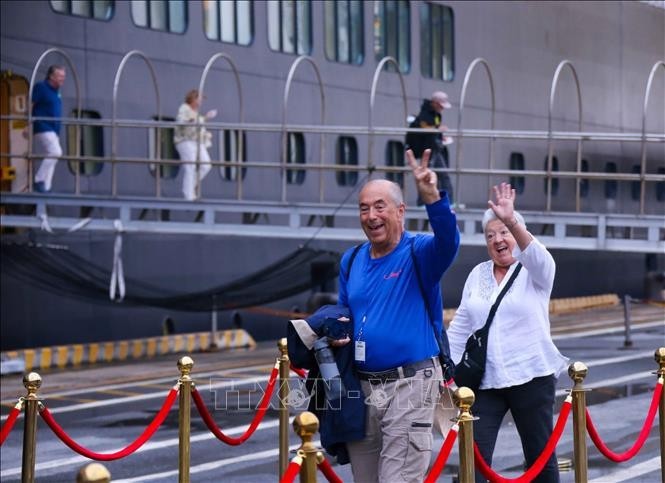 Travel
Travel
International Arrivals to Vietnam Hit New Record in 2025, up Over 20%
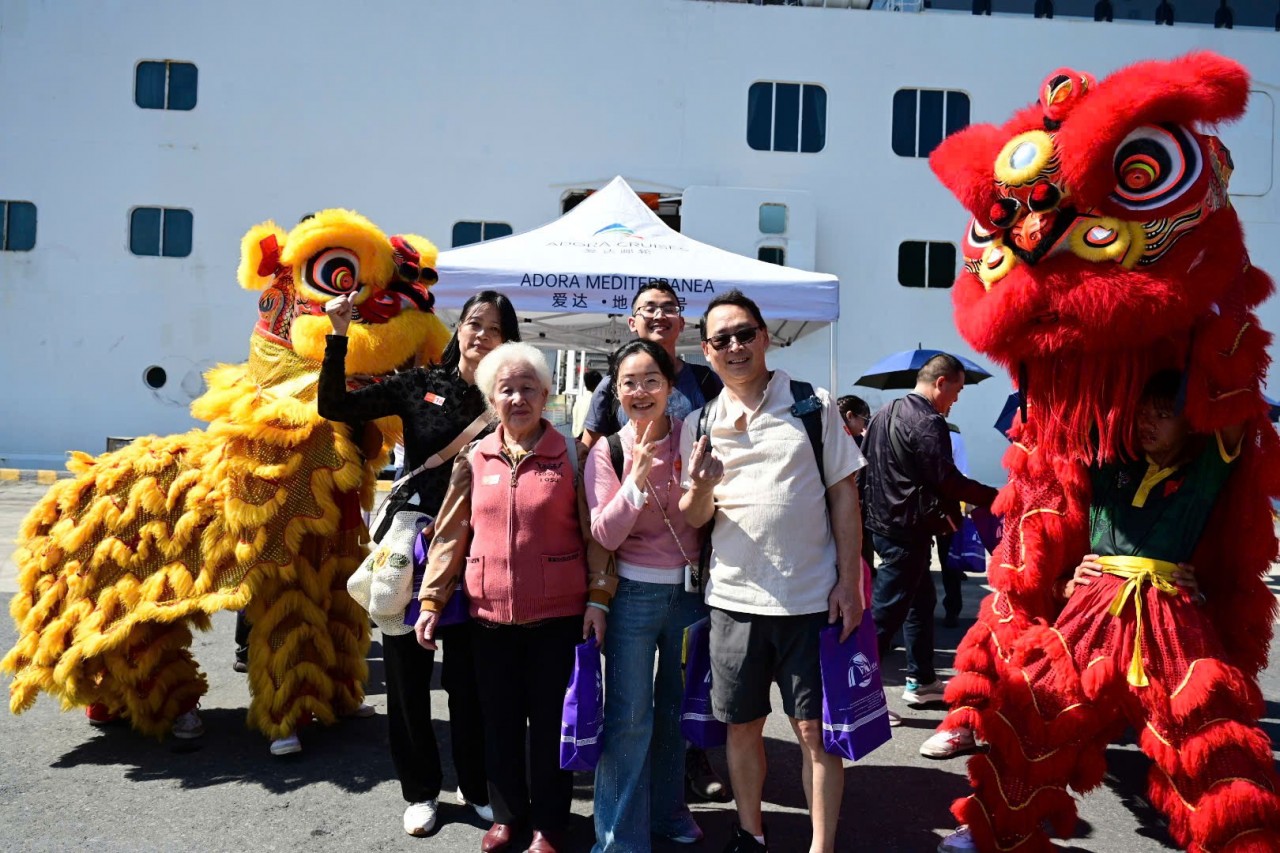 Travel
Travel
New Year’s Day 2026: Vietnam’s Tourism Makes Impressive Start with 3.5 Million Visitors
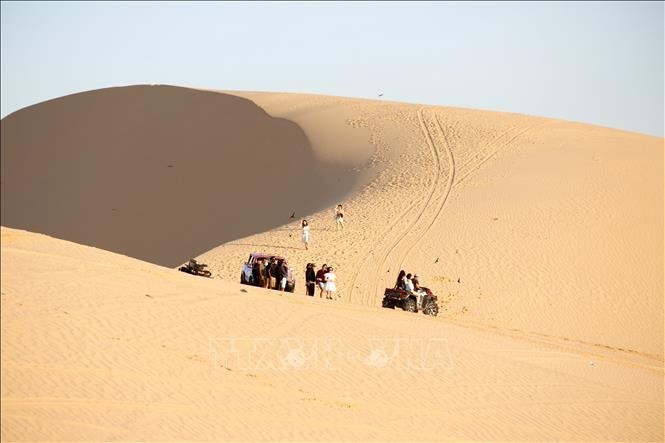 Travel
Travel
Vibrant Destinations for New Year 2026 Holiday
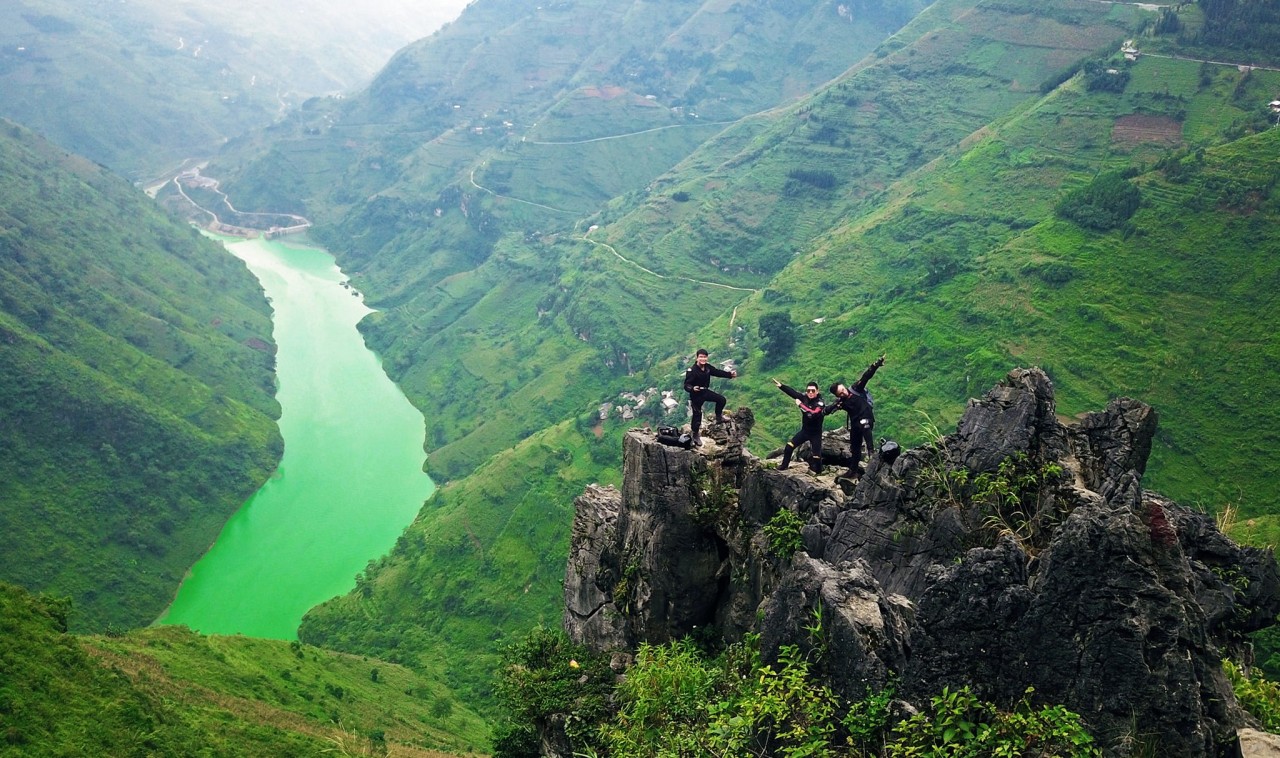 Travel
Travel
Tourism Industry: 2025's Bright Spot of Economic and Social Growth
Popular article
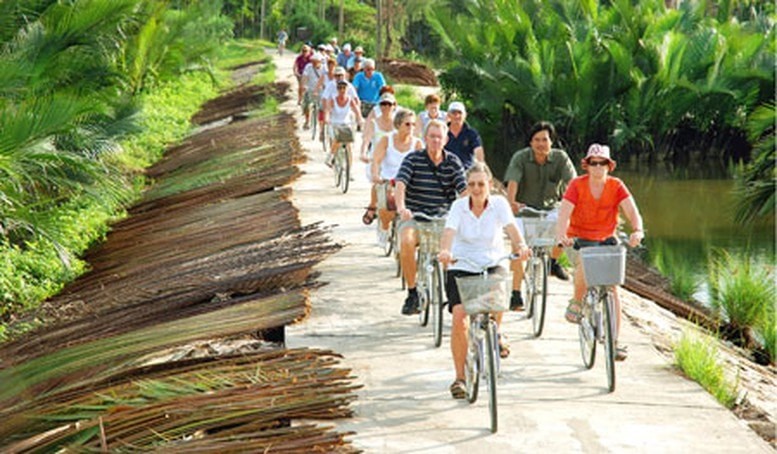 Travel
Travel
Vietnam Tourism Sets New Record with Over 19 Million International Arrivals
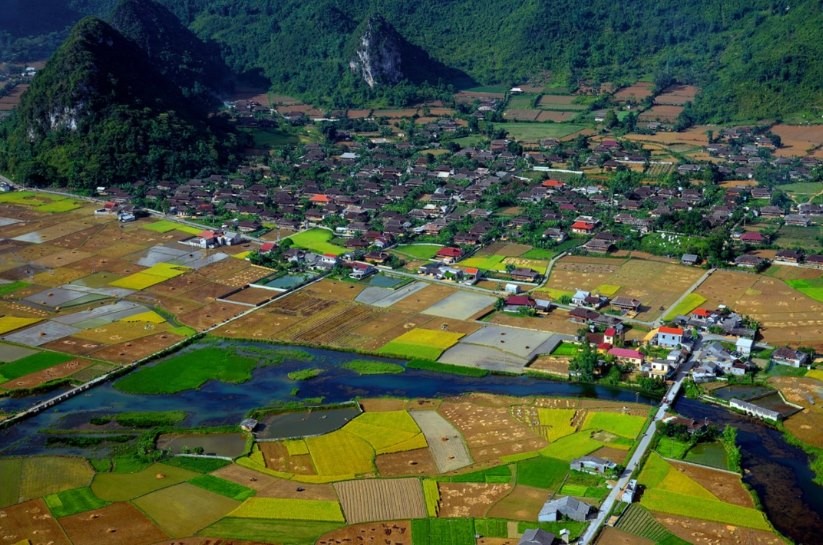 Travel
Travel
GMS International Conference with Focus on Sustainable Tourism Development
 Travel
Travel
International Visitors in South Africa Experience Vietnamese Cuisine
 Travel
Travel



